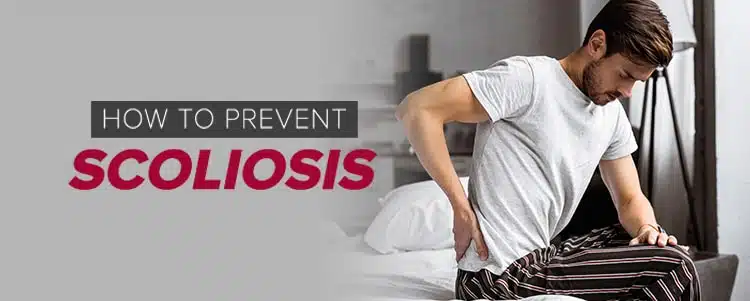

How To Prevent Scoliosis
It’s hard when people come to me looking for an answer on how to prevent scoliosis.
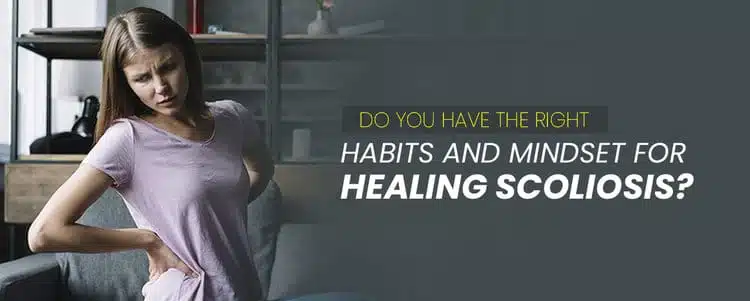

Do You Have the Right Habits and Mindset for Healing Scoliosis?
People who want to make big changes in their lives often find success by examining and changing their habits, which is not always easy to do.
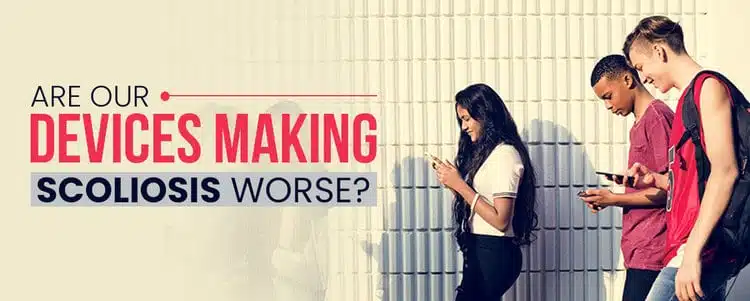

Are Our Devices Making Scoliosis Worse?
Today’s technology allows us to do some amazing things. For example, I am writing this on my computer and sending it out to the Scoliosis Reduction Center® website via the internet.
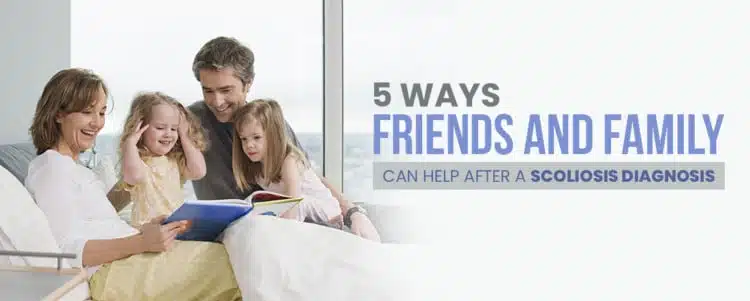

5 Ways Friends and Family Can Help After a Scoliosis Diagnosis
Scoliosis is a condition that affects the millions of people who have been diagnosed with it.
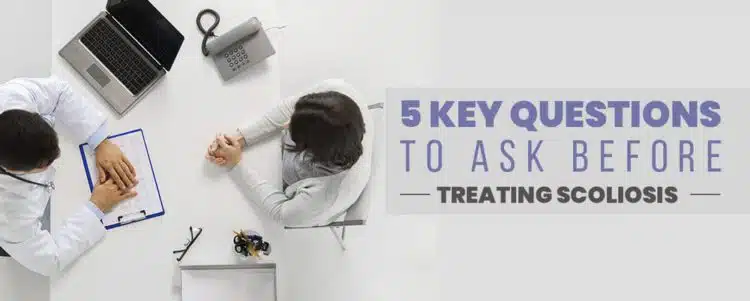

5 Key Questions to Ask Before Treating Scoliosis
If you or a loved one has received a scoliosis diagnosis recently, you will probably be meeting doctors and other experts soon in order to begin the treatment process.
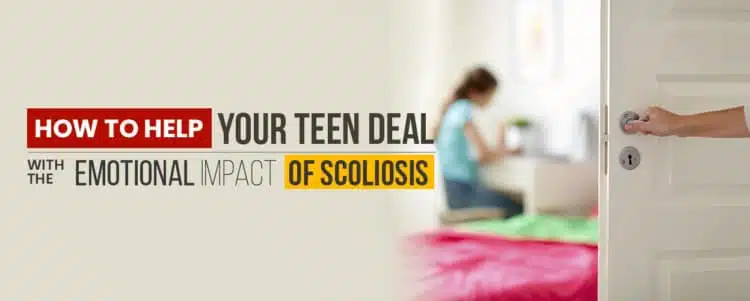

How to Help Your Teen Deal with the Emotional Impact of Scoliosis
Scoliosis is a physical condition of the body, but its emotional impact should not be underestimated.
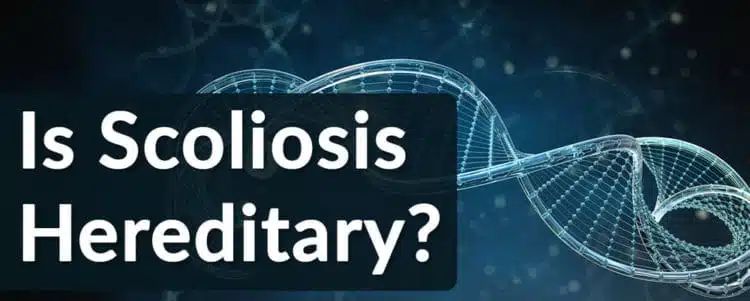

Is Scoliosis Hereditary? Is Scoliosis Genetic? Get Answers
When a patient or parent learns of a scoliosis diagnosis, they wonder, “Is scoliosis hereditary?
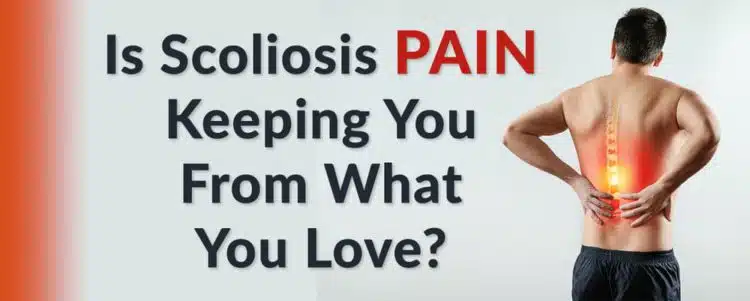

Is Scoliosis Pain Keeping You from What You Love?
For people who have scoliosis, dealing with pain is particularly tricky. There are no quick fixes.
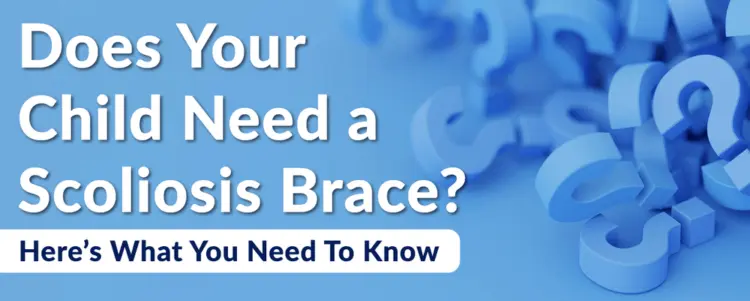

Does Your Child Need a Scoliosis Brace? Here’s What You Need to Know
Braces have been used for decades to treat scoliosis among adolescents, but they are actually quite ineffective when it comes to correcting the curvature of the spine.
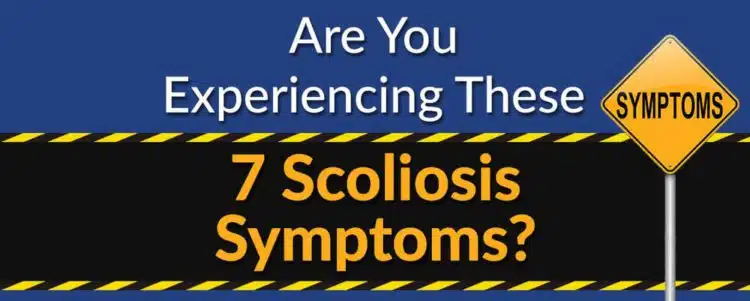

Are You Experiencing These 7 Scoliosis Symptoms?
Scoliosis symptoms can be obvious and not-so obvious, which is why so many people live with the condition but go undiagnosed for such a long time.